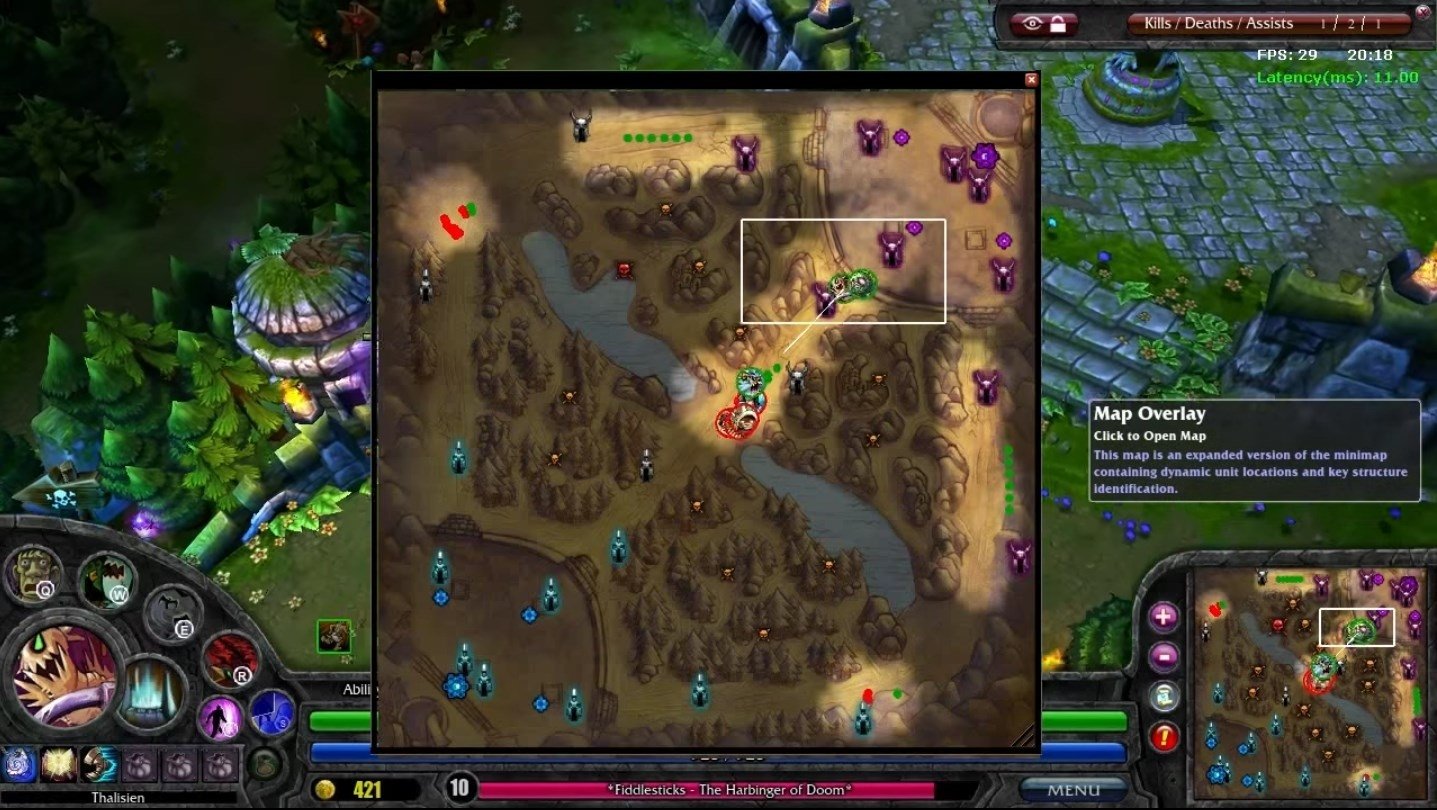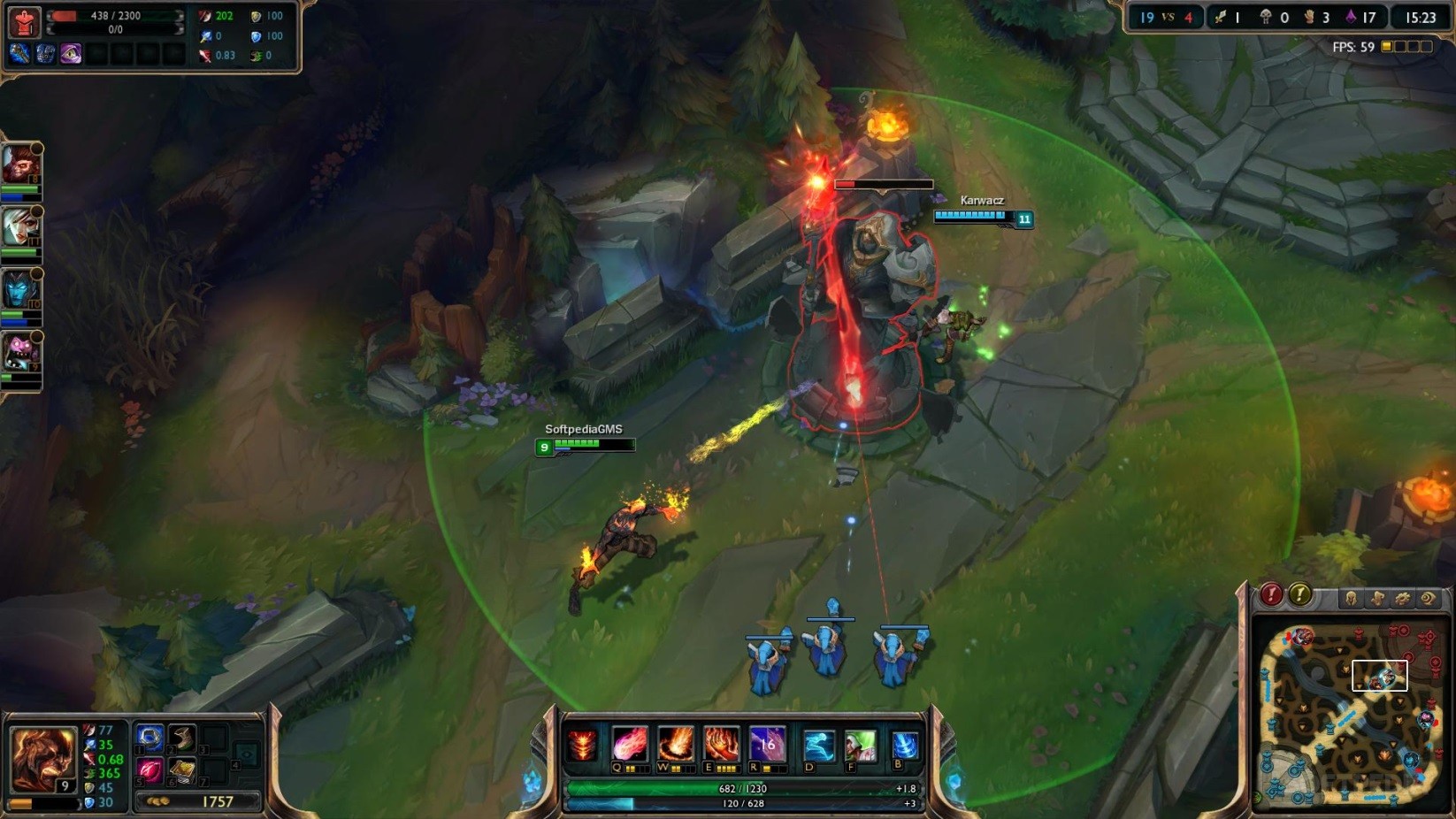

Right-click on the League of Legends folder and select Properties.Go to your Riot Games folder (default patch: C:/Riot Games).To fix this, you'll need to ask someone who can log into the computer as Administrator to change the file permissions on the League install directory. If you can't run League as Administrator, then you may have trouble patching. The patcher needs Administrator privileges to update your League install. If you're using the new patcher and you're having trouble patching, follow these troubleshooting steps: If it says "true" next to it, then you're using the new patcher, otherwise you're on the old one. Look for a line that says "game_patcher"available".Go to the Config directory and open the file called LeagueClientSetings.yaml in a text editor like Notepad++.Go to your League of Legends install directory.First, check to make sure you're actually using the new patcher: If those don't work, it's probably an issue with the new patcher. If you suddenly start getting patching issues, check out this article first. As a bonus, you might see that League is using a bit less disk space after the switch. This process will only happen once, and should complete within a few minutes depending on your computer speed and how long League's been installed on your machine. This means you won't have to re-download the game or anything. Once it's enabled, League will automatically move your existing game files to where the new patcher can find them. The old patcher is patching it in a little at a time (there's something existential there).

You don't actually have to do anything to start using the new patcher.

We'll launch it over the course of a few patches, so if you don't have it yet, you will soon. We've created a new League patcher that's faster and more stable.


 0 kommentar(er)
0 kommentar(er)
